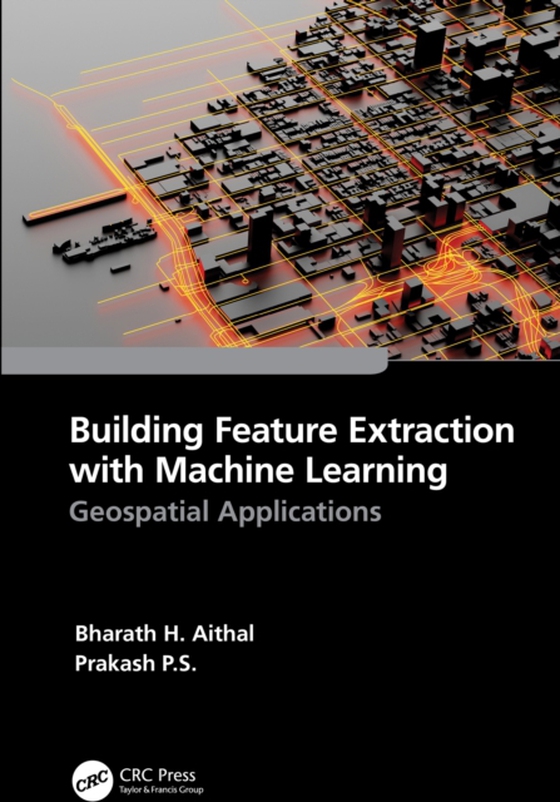
Building Feature Extraction with Machine Learning e-bog
692,63 DKK
(inkl. moms 865,79 DKK)
Big geospatial datasets created by large infrastructure projects require massive computing resources to process. Feature extraction is a process used to reduce the initial set of raw data for manageable image processing, and machine learning (ML) is the science that supports it. This book focuses on feature extraction methods for optical geospatial data using ML. It is a practical guide for pro...
E-bog
692,63 DKK
Forlag
CRC Press
Udgivet
29 december 2022
Længde
128 sider
Genrer
RGW
Sprog
English
Format
epub
Beskyttelse
LCP
ISBN
9781000817201
Big geospatial datasets created by large infrastructure projects require massive computing resources to process. Feature extraction is a process used to reduce the initial set of raw data for manageable image processing, and machine learning (ML) is the science that supports it. This book focuses on feature extraction methods for optical geospatial data using ML. It is a practical guide for professionals and graduate students who are starting a career in information extraction. It explains spatial feature extraction in an easy-to-understand way and includes real case studies on how to collect height values for spatial features, how to develop 3D models in a map context, and others. FeaturesProvides the basics of feature extraction methods and applications along with the fundamentals of machine learningDiscusses in detail the application of machine learning techniques in geospatial building feature extractionExplains the methods for estimating object height from optical satellite remote sensing images using PythonIncludes case studies that demonstrate the use of machine learning models for building footprint extraction and photogrammetric methods for height assessmentHighlights the potential of machine learning and geospatial technology for future project developmentsThis book will be of interest to professionals, researchers, and graduate students in geoscience and earth observation, machine learning and data science, civil engineers, and urban planners.
 Dansk
Dansk

